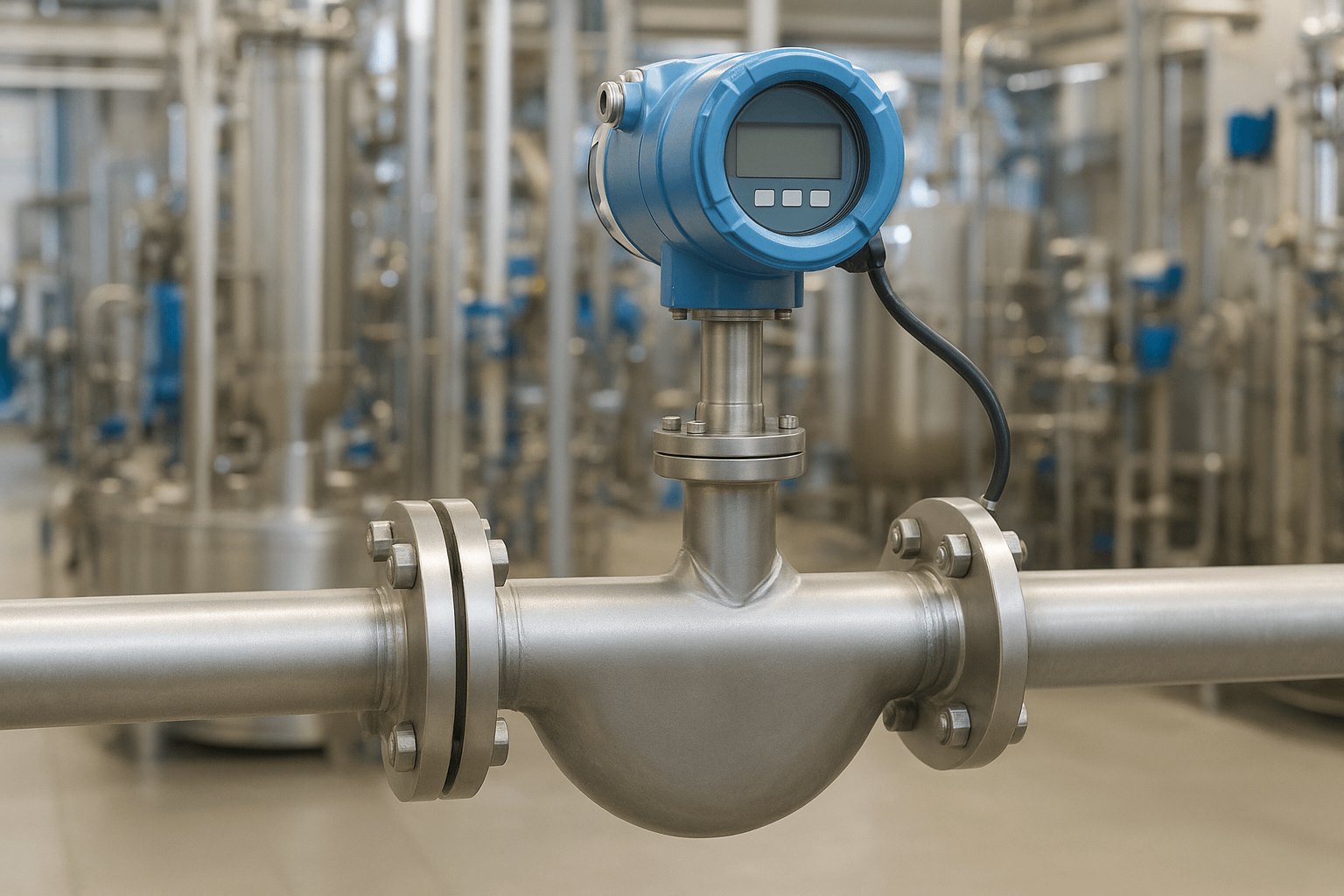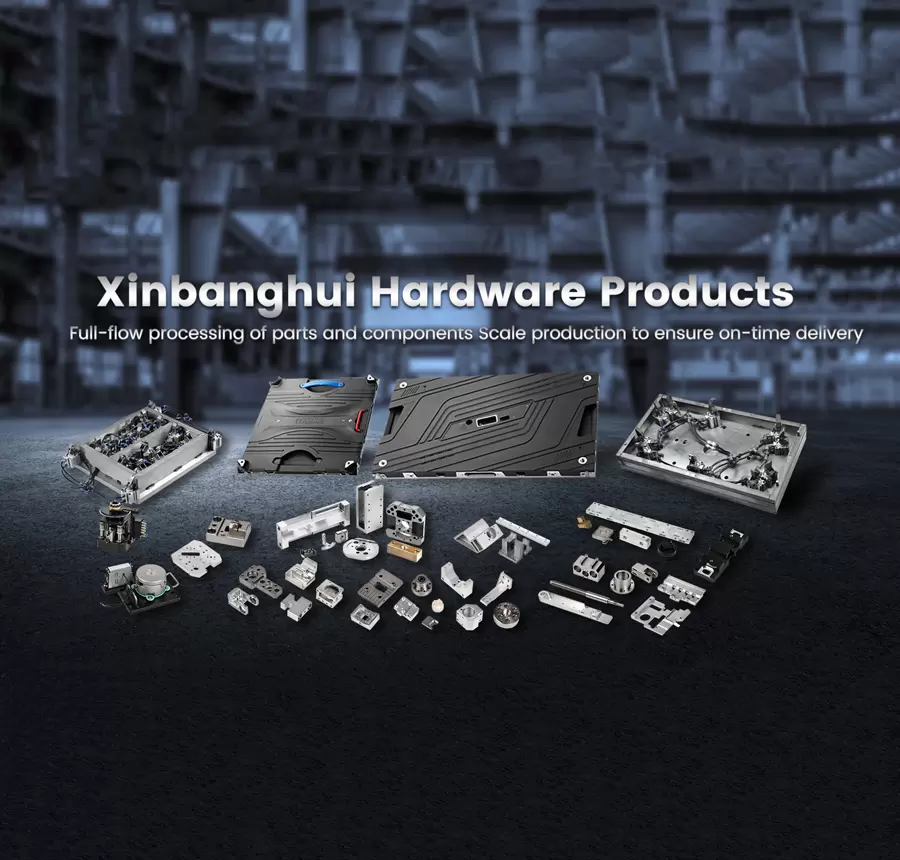Unveiling the Powerhouse of Disinfection: Exploring the Most Potent Chemical Disinfectant
In today's world, where hygiene and cleanliness have become paramount, the search for the most powerful disinfectant is of utmost importance. With numerous options available, it can be challenging to determine which chemical reigns supreme in terms of disinfection capabilities. In this blog post, we will delve into the world of disinfectants and uncover the most potent chemical disinfectant that effectively eliminates harmful pathogens.
Understanding Disinfectants:
Disinfectants are substances designed to destroy or inactivate microorganisms, including bacteria, viruses, and fungi, on surfaces or objects. They play a crucial role in preventing the spread of infectious diseases and maintaining a safe environment. While there are various types of disinfectants available, including physical methods like heat and radiation, we will focus on chemical disinfectants.
Factors Influencing Disinfectant Potency:
To determine the most powerful disinfectant, several factors come into play. These factors include the spectrum of activity, contact time, concentration, pH, and the presence of organic matter. A disinfectant's spectrum of activity refers to the range of microorganisms it can effectively target and eliminate. The broader the spectrum, the more versatile and potent the disinfectant.
Examining the Chemical Disinfectants:
- Sodium Hypochlorite (Bleach):
Sodium hypochlorite, commonly known as bleach, is a widely used chemical disinfectant. It exhibits a broad spectrum of activity, making it effective against a wide range of microorganisms, including bacteria, viruses, and fungi. Bleach is known for its strong oxidizing properties, which enable it to destroy the cellular structure of pathogens. However, it is important to use bleach cautiously, as it can be corrosive and harmful if not properly diluted. - Hydrogen Peroxide:
Hydrogen peroxide is another potent chemical disinfectant. It is effective against bacteria, viruses, and fungi due to its strong oxidizing properties. Hydrogen peroxide breaks down into water and oxygen, leaving no harmful residues behind. It is often used in healthcare settings and is considered environmentally friendly. However, higher concentrations of hydrogen peroxide may be required for effective disinfection. - Quaternary Ammonium Compounds (Quats):
Quaternary ammonium compounds, or quats, are widely used as disinfectants in various industries, including healthcare, food processing, and hospitality. Quats exhibit a broad spectrum of activity and are effective against bacteria, enveloped viruses, and fungi. They are known for their surfactant properties, which help in the removal of dirt and organic matter. However, quats may not be as effective against non-enveloped viruses and certain bacterial spores. - Peracetic Acid:
Peracetic acid is a powerful oxidizing agent that is highly effective against a broad range of microorganisms, including bacteria, viruses, fungi, and spores. It is known for its rapid action and ability to penetrate biofilms, making it an excellent choice for disinfection in healthcare and food industries. However, peracetic acid requires careful handling, as it can be corrosive and irritating to the skin and respiratory system.
Conclusion:
After careful examination, it is evident that no single disinfectant can be deemed the most powerful in all scenarios. The choice of disinfectant depends on the specific requirements, the target microorganisms, and the surface or object being disinfected. Sodium hypochlorite, hydrogen peroxide, quaternary ammonium compounds, and peracetic acid are all potent chemical disinfectants, each with its own unique properties and applications. By understanding their strengths and limitations, we can make informed decisions to ensure effective disinfection and maintain a safe and hygienic environment.




